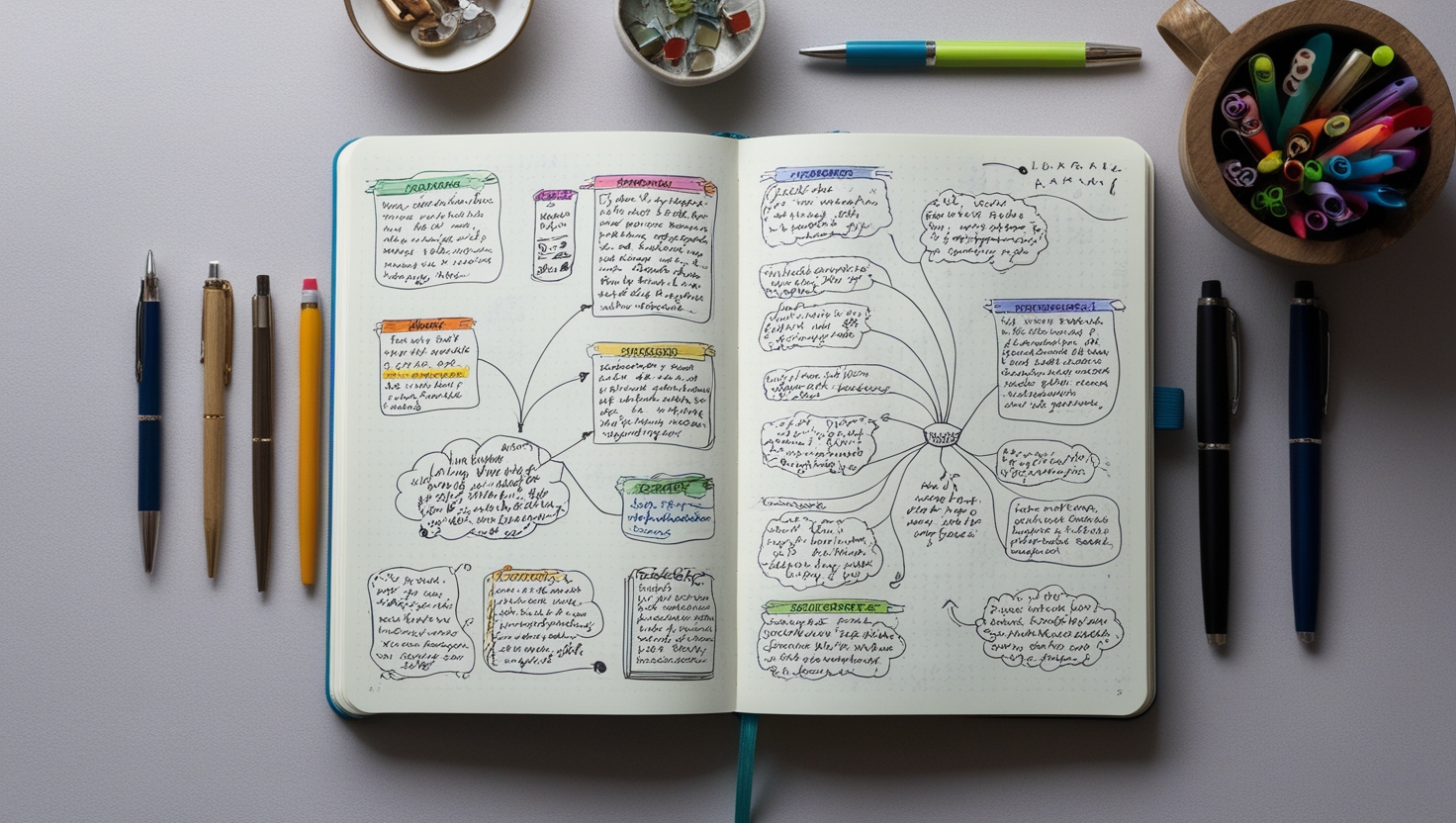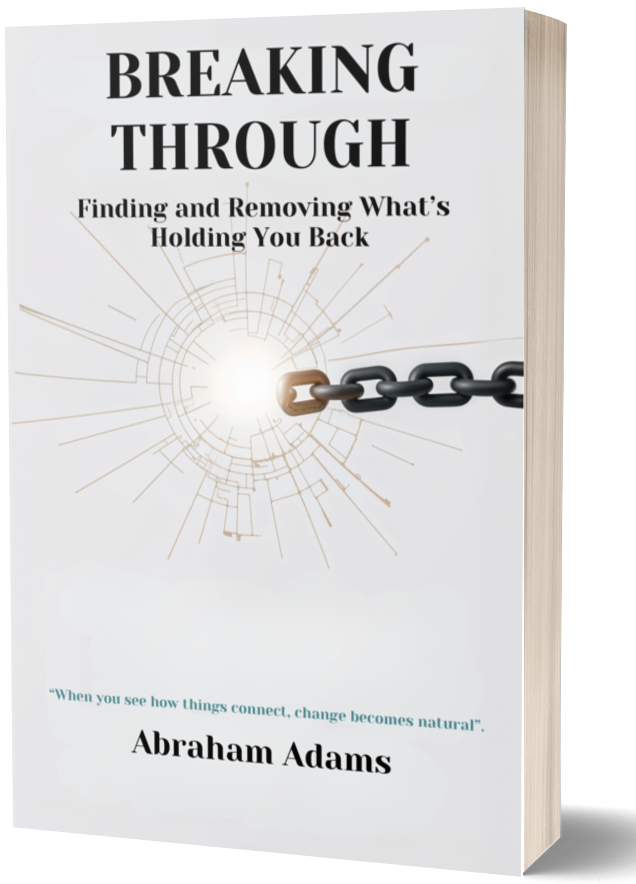Article 3: The Stacking Strategy - How to Build New Habits by Hijacking Old Ones
What if I told you that the habits you already have—even the ones you consider "bad"—could become the secret weapons for building the habits you want? This is the power of habit stacking, a technique that turns your existing automatic behaviors into launching pads for new ones.
The Problem with Starting from Scratch
Most people try to build new habits in a vacuum. They decide they want to meditate, so they vaguely commit to "meditate every day." They want to exercise, so they tell themselves they'll "work out regularly." They want to eat better, so they resolve to "be healthier."
This approach fails because it requires you to remember to do something new at some point during your day. Your brain, which is already managing thousands of automatic behaviors, struggles to fit in this new, unfamiliar action.
Habit stacking solves this problem by anchoring new behaviors to existing ones. Instead of trying to create a new neural pathway from nothing, you're adding a car to an already-moving train.
The Habit Stacking Formula: After/Before [EXISTING HABIT], I will [NEW HABIT].
Why Your Brain Loves This Approach
Your existing habits have already carved deep neural pathways in your brain. These pathways are like well-traveled highways with strong traffic flow. When you stack a new habit onto an existing one, you're essentially adding an exit ramp to that highway.
This is far easier than building an entirely new road through uncharted territory. Your brain already has the cue (the existing habit) and the established pattern (the time and context). You're just extending the routine.
The Art of Choosing the Right Anchor
Not all existing habits make good anchors for new ones. The best anchor habits are:
Highly consistent: They happen every day, preferably at the same time.
Specific: They have a clear beginning and end, not vague or variable.
Already automatic: You don't have to think about doing them.
Good anchor habits include: making coffee, brushing teeth, sitting down at your desk, getting in your car, finishing lunch, or turning off your bedroom light.
Poor anchor habits include: "after I wake up" (too vague), "when I have time" (inconsistent), or "after I exercise" (if exercise isn't already automatic).
Find Your Anchors: List 10 things you do every single day without thinking. These are your potential anchor habits. The more specific and consistent, the better.
Stacking in Action: Real Examples
Let's look at how habit stacking works in practice:
For Building a Reading Habit: "After I pour my morning coffee, I will read one page of a book."
For Exercise: "After I put on my work shoes, I will do 10 push-ups."
For Gratitude Practice: "Before I check my phone in the morning, I will think of one thing I'm grateful for."
For Better Nutrition: "After I sit down for lunch, I will eat my vegetables first."
Notice how each new habit is small and immediately follows (or precedes) a specific, existing behavior. There's no ambiguity about when to do it.
The Two-Minute Rule
When you're stacking habits, start ridiculously small. The new behavior should take less than two minutes to complete. This isn't your final goal—it's your starting point.
"Read for 30 minutes" becomes "read one page." "Exercise for an hour" becomes "do one push-up." "Meditate for 20 minutes" becomes "take three deep breaths."
This might seem too easy to matter, but that's exactly the point. You're not trying to achieve your ultimate goal immediately. You're trying to establish the behavior pattern. Once the habit becomes automatic, you can gradually expand it.
Remember: A habit must be established before it can be improved. You can't optimize something that doesn't exist yet.
Advanced Stacking: Building Chains
Once you've mastered basic habit stacking, you can create chains of behaviors that flow naturally from one to the next:
"After I pour my coffee, I will read one page. After I read one page, I will write down one insight. After I write down one insight, I will plan my most important task for the day."
This creates a morning routine where each behavior naturally triggers the next, building momentum and creating a powerful start to your day.
Troubleshooting Common Stacking Problems
The Stack Breaks: If you consistently skip the new habit, your anchor might not be consistent enough, or the new behavior might be too large. Choose a more reliable anchor or make the new habit smaller.
The Timing Feels Wrong: Some combinations don't flow naturally. "After I brush my teeth, I will go for a run" might not work if you brush your teeth right before bed. Match the energy level of the new habit to the timing of the anchor.
Forgetting to Stack: Write your habit stack on a note and place it where you'll see it during your anchor habit. Visual reminders help during the formation period.
Create Your First Stack: Choose one anchor habit and one tiny new behavior. Write it in the format: "After I [ANCHOR HABIT], I will [NEW HABIT]." Practice this exact sequence for the next seven days, focusing only on consistency, not perfection.
The Compound Power of Small Stacks
The beauty of habit stacking isn't just that it makes new habits easier to remember—it's that it creates compound growth. Each successfully stacked habit becomes an anchor for the next one.
Over time, you build interconnected systems of positive behaviors that reinforce each other. Your morning coffee doesn't just wake you up; it triggers reading, which triggers reflection, which triggers planning, which triggers focused work.
People who seem to effortlessly maintain multiple good habits aren't superhuman. They've learned to stack behaviors strategically, using their existing automatic patterns as the foundation for continuous improvement.
From Stacking to Systems
As you get comfortable with habit stacking, you'll start to see your entire day differently. Instead of a random collection of activities, you'll see opportunities to create flows and systems that make positive behaviors inevitable.
This systematic approach to habit formation is what separates people who make lasting changes from those who rely on motivation and willpower. You're not just building individual habits—you're designing a lifestyle.
In our next article, we'll explore how to handle the inevitable obstacles and setbacks that come with habit formation. You'll learn the difference between a temporary lapse and a permanent failure, and discover the recovery strategies that keep successful people on track.
- Audio Articles
- Audio Articles 1
- Audio Articles 2
- Audio Articles 3
- Audio Articles 4
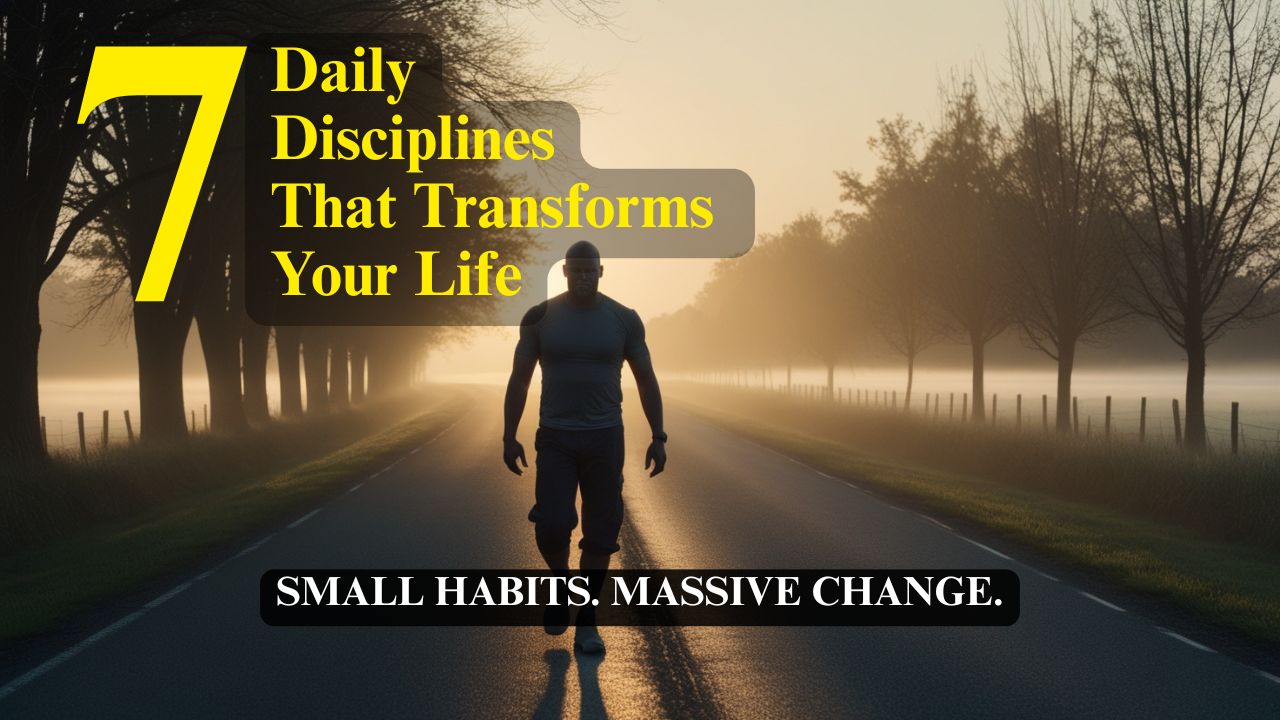
7 Daily Disciplines That Transform Your Life
The power to act with intention, to align your actions with your values, and to move steadily toward a life of purpose—even on days you don't feel like it.
Read Full Article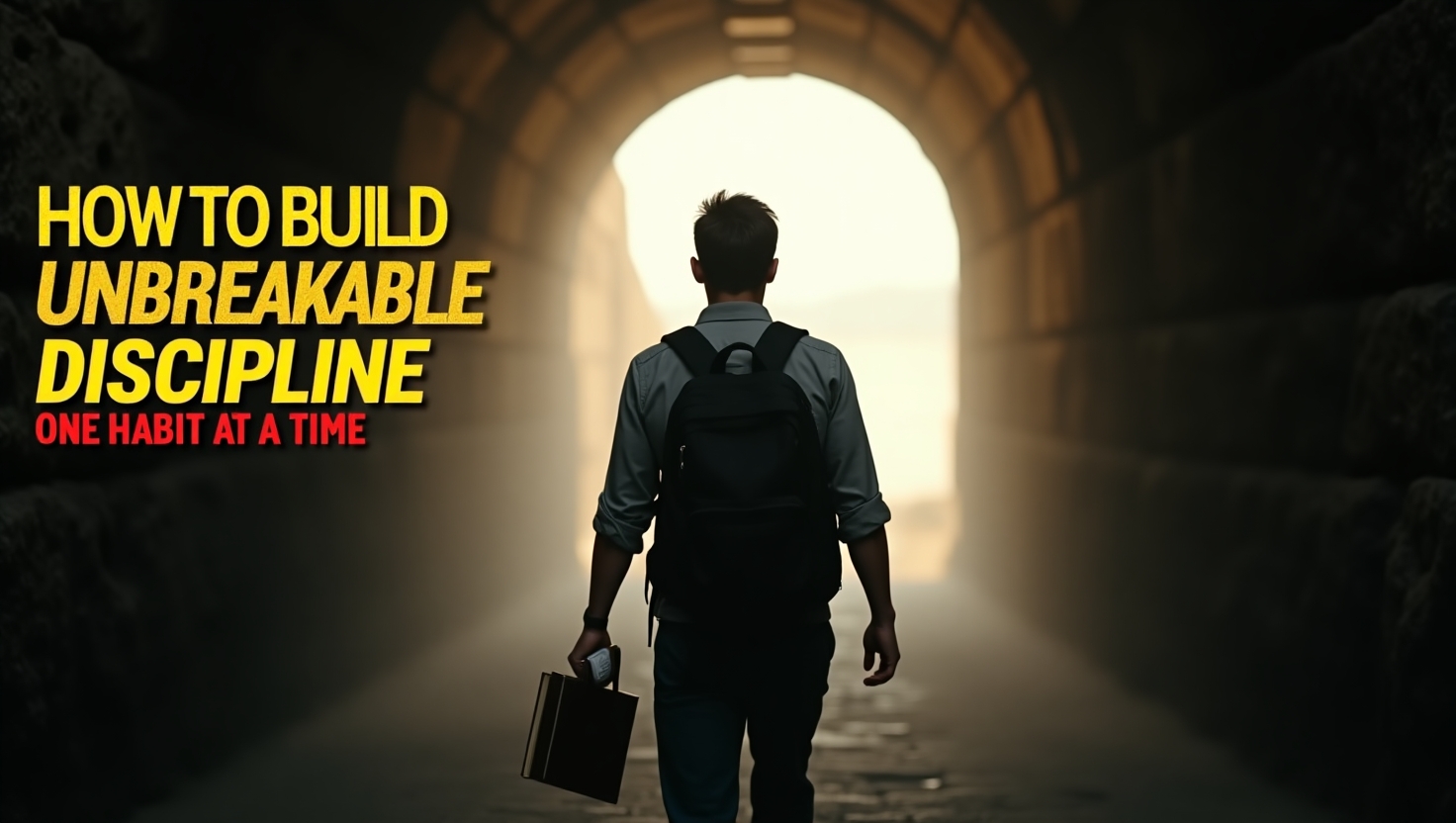
How to Build Unbreakable Discipline
Discipline is built—habit by habit, choice by choice, day by day. And the most powerful kind? The kind that doesn’t crack under pressure. The kind that becomes part of who you are.
Read Full Article
Why Motivation Fails And Discipline Wins Every Time
We all love the feeling of motivation—that surge of energy, that rush of inspiration that makes everything seem possible. But here’s the problem: motivation is unreliable. It’s emotional. It comes and goes. And if your goals rely on you “feeling like it,” you’re already in trouble.
Read Full Article
Discipline Over Desire
Desire is loud. It burns bright, talks fast, and loves to dream. But desire alone doesn't achieve much. Every person has desires. Very few have the discipline to bring them to life.
Read Full Article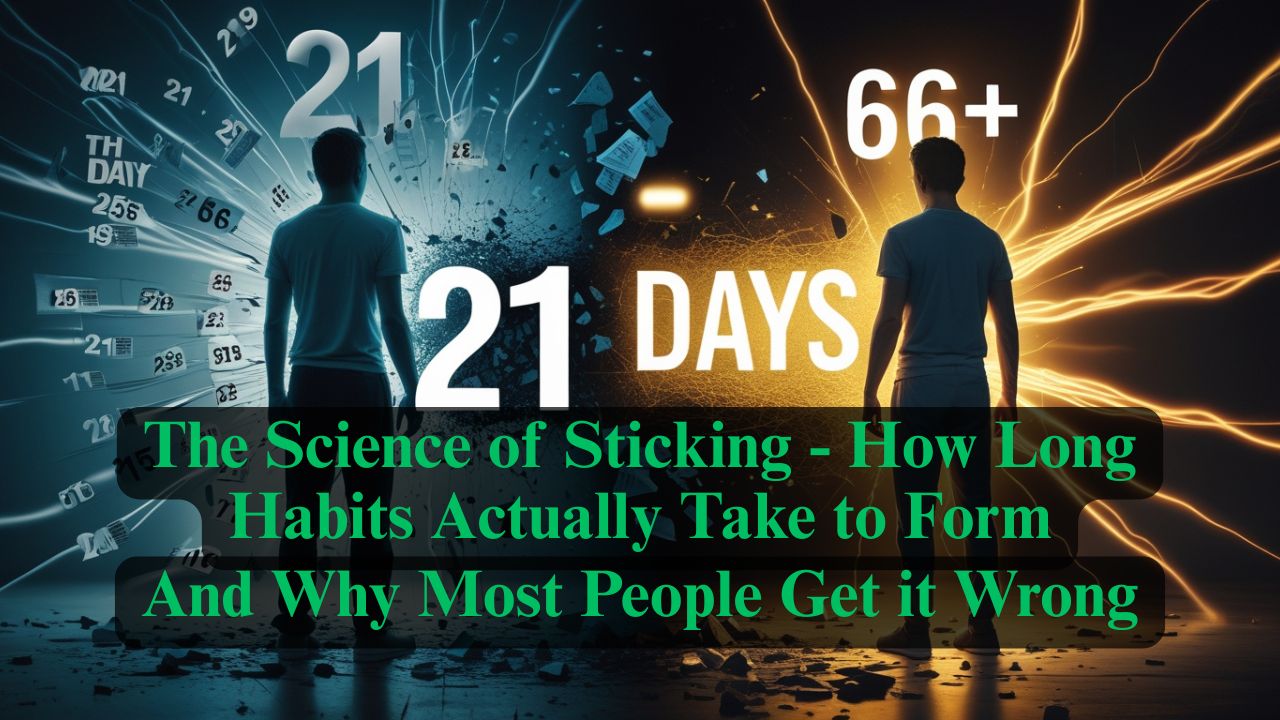
The Science of Sticking
If you've ever tried to build a new habit, you've probably heard that it takes 21 days. This number gets thrown around so often that it feels like scientific fact.
Read Full Article
The Stacking Strategy
What if I told you that the habits you already have—even the ones you consider "bad"—could become the secret weapons for building the habits you want?
Read Full Article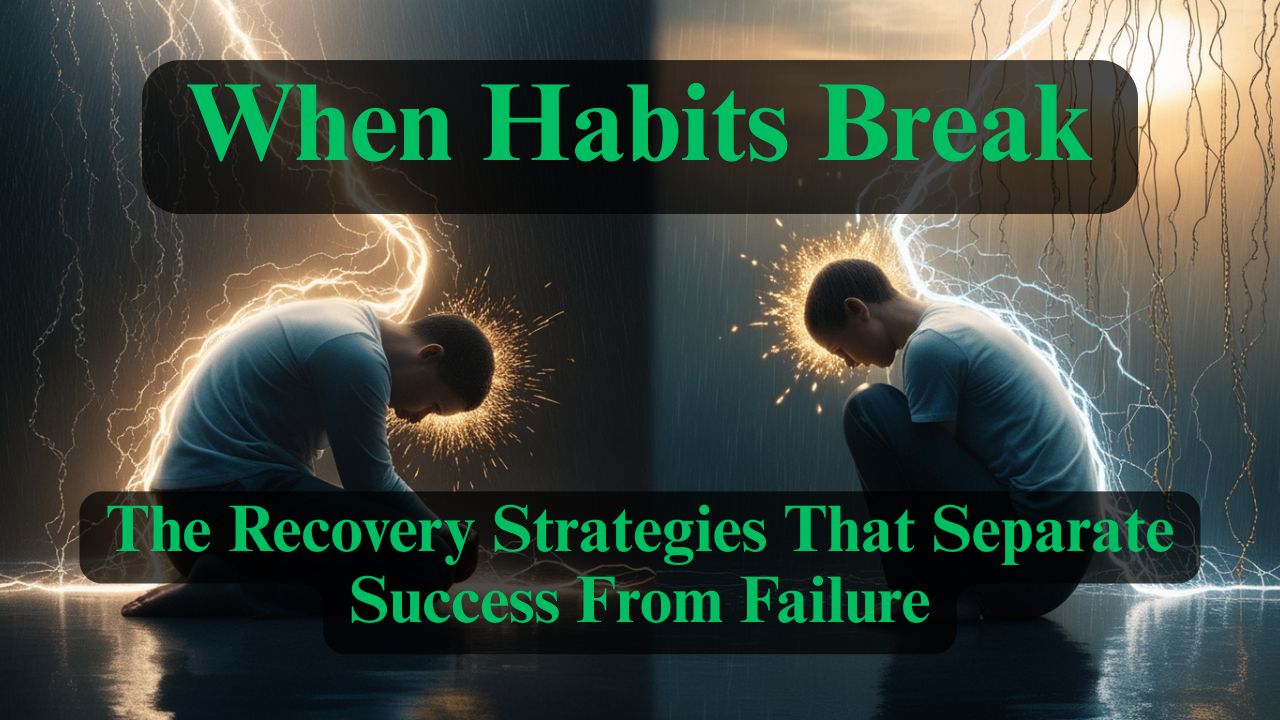
When Habits Fail - The Recovery Strategies That Separate Success From Failure
Here's what nobody tells you about building habits: you will fail. You'll miss days. You'll fall off track. You'll have weeks where everything falls apart.
Read Full Article
The Ultimate System - Designing a Life Where Good Habits Are Inevitable
You've learned to recognize habits, understand their formation timeline, stack them strategically, and recover from setbacks.
Read Full Article
